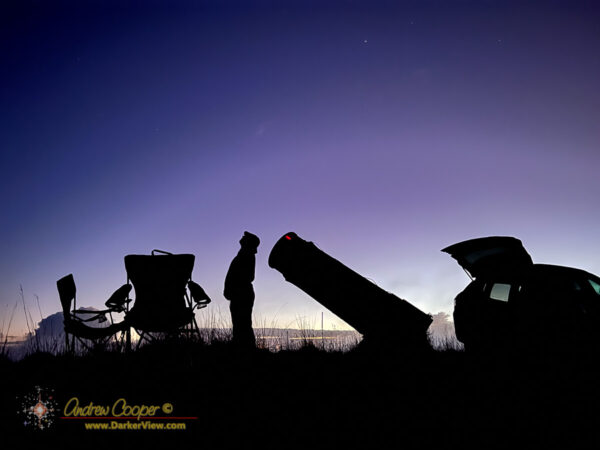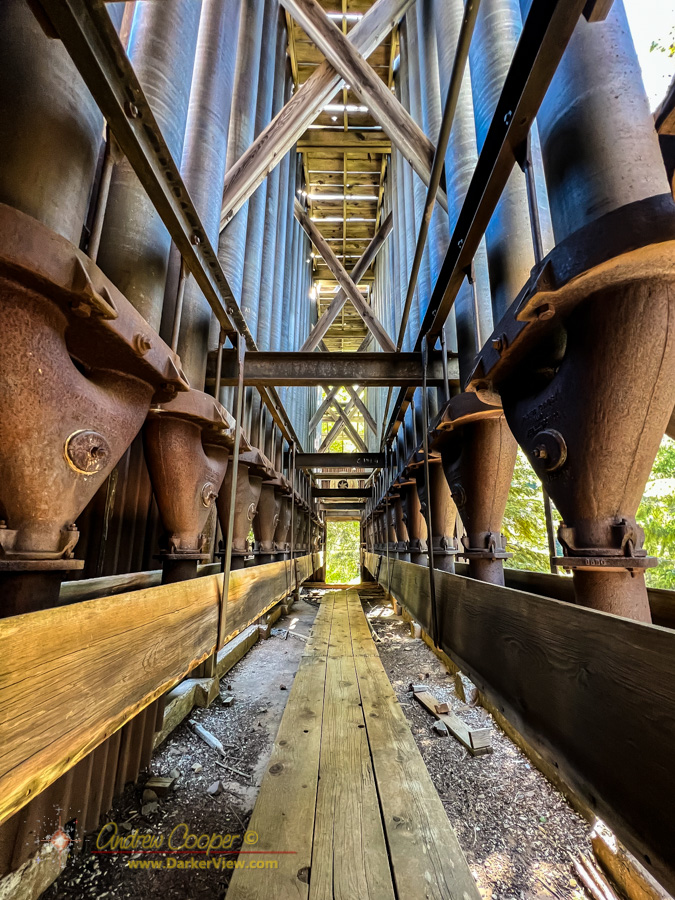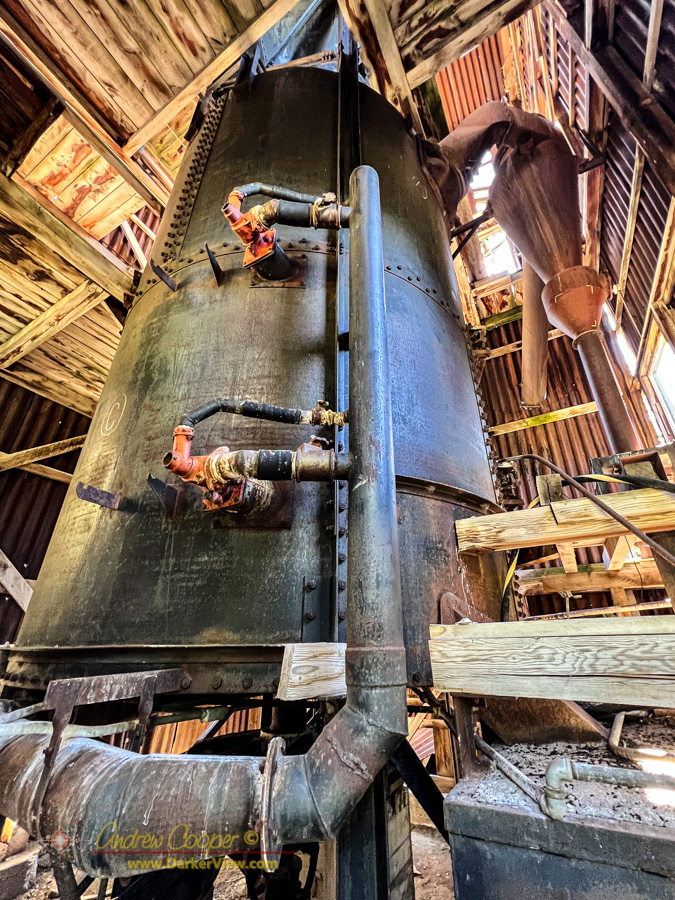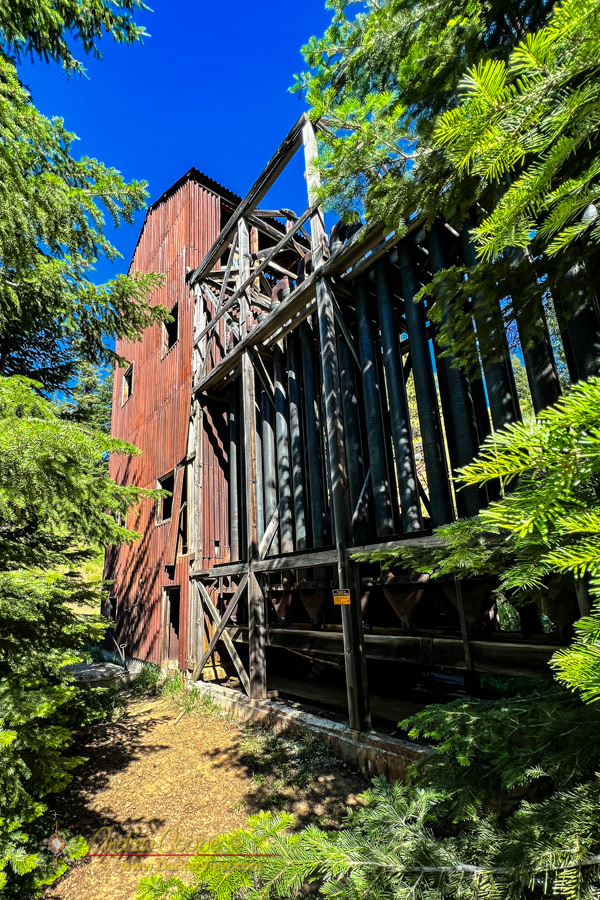
Awaiting Dark

When you want to see the stars, find someplace dark

Around this island the observant hiker will become attuned to various clues that give a view into the natural history or human history of the landscape.
One such clue is the presence of seashells, these are usually a giveaway of ancient Hawaiian occupation of a site or locality. The bleached and broken bits of shell a long lasting remant of meals harvested from the shoreline and brought to places well inland. Often found around lava tubes or water sources these shells let you know that others have passed here before.
An ʻopihi shell along a power line access road near Waikoloa? This is a bit unexpected. I have to stop and pick up this shell, stopping to puzzle out this anomaly.
Continue reading “Out of Place”


For someone who works with their hands tools are important. We all have our favorite tools, that one we always use as we have for so many years. There may be a dozen screwdrivers in the rack, but that one is used almost every time.
Thus is with great sadness that I announce the death of my longtime soldering station.
A good soldering iron is a basic tool for an electronics engineer. A multimeter, a soldering iron, and a set of basic hand tools are absolutely necessary for any electronics workbench. To this end I had bought a very good iron, one that has served me well for several decades.
I wonder just how many soldered connections I made with this old soldering iron… Thousands upon thousands certianly, so many circuit boards, connectors, and wires.
There are no available spare parts for this long obsolete soldering station. There are many conversations on bulletin boards and chat rooms lamenting this as others have had their beloved soldering irons fail. The WES50 was long ago replaced by the WES51, and the parts are not interchangable.
With sadness I remove the old soldering station from the bench. I replace it with a new Weller WE1010NA station. I wonder just what work awaits the new soldering iron, how many solder joints will it see in the coming decades. I hope that this new iron will outlast me.
After a couple years of use the Jeep Compass has been a fairly good vehicle. A decent daily driver, good gas mileage where gas is $5 a gallon, and able to do rough back roads with little worry.
I do have a few complaints, one of which had to be dealt with this week… The cargo area bed supports simply failed. I had noted signs of stressed plastic before, some cracks appearing after hauling heavy loads.
The final straw was Deep Violet, my 18″ telescope… Weighing in at well over 100lbs. When unloading the ‘scope after a night at Kaʻohe I found that the bed seems to have collapsed under the weight. The molded plastic bed supports simply ripped away from the cargo bed side panels.
An SUV where the cargo bed supports are two protrusions molded into the thin plastic side panels? Yeah, not impressed.
Continue reading “I Am Not Impressed Jeep”While I have gotten plenty of telescope time lately, it has usually been morning sessions with the old Astrola in my driveway. This is a low effort and thoroughly enjoyable practice that I engage in about half a dozen times each month. Such sessions do mean that my 18″ telescope languishes for far too long in the garage.
I really need to change that.
Thus when my fellow staff at Symbrosia start asking for another star party it made a good excuse to get the big ‘scope out of the garage and under a dark sky.
Continue reading “A Misty Night at Kaʻohe”In this age of short product lifecycles and rapid obsolescence it is nice to see an example of longevity. We consider equipment or tools old when over ten years in service. How about a century?
Our CO₂ is delivered in standard industrial pressure cylinders. These steel cylinders hold 50lbs of liquid CO₂ at a pressure sufficient to keep it liquid at room temperature, about or about 800PSI.
These standard cylinders require inspection every five years, and the inspection date is stamped into the steel at the top of the cylinder in the format month-year with a two digit year. It has been this way for a long time, longer than I realized.
Continue reading “A Century in Service”